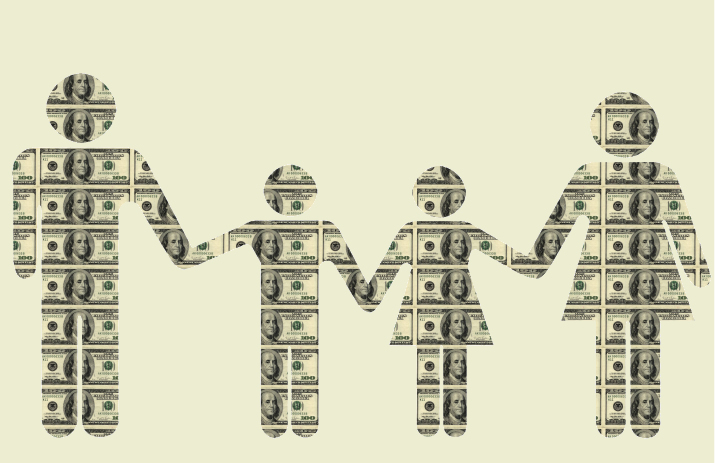For the second month, debt among Brazil’s families went down this August. Yet, late payments are increasing.
The National Confederation of Commerce (CNI) released this report on Tuesday.
The debt rate slipped from 78.1% to 77.4%. This is the lowest since June of last year. Over a year, it’s a 1.6-point drop.
Here, “debt” means unpaid bills, not just late ones. The study looked at credit cards, overdrafts, and loans for cars and homes. Every category saw less debt.
Izis Ferreira, the report’s economist, cites two main reasons. “Better inflation rates and a strong job market give families more budget room. So, fewer need credit,” she said.

But late payments are up, reaching 30% in August. This ties in with figures from last December.
Ferreira notes that these people often have many types of credit and struggle to pay on time.
Another worry is the 12.7% who can’t pay off their late bills. This rate is the highest since 2010.
It mainly affects low earners. Credit cards are the most significant debt issue, making up 85.5%.
Other enormous debts include installment plans at 17.1%, personal loans at 9.2%, and car and home financing at 7.9% and 7.5%.
People stay in debt for about 6.9 months on average. Late payments average 63 days. Families use about 29.9% of their income to repay their debts.
The Confederation expects less debt in the coming months, maybe dropping to 77% by October.
But they think it will rise again by the end of 2023.
High-interest rates
Debt among families in Brazil has been a long-standing issue. For years, the country’s high-interest rates made borrowing expensive.
Financial literacy has also been a challenge, affecting people’s debt management. In 2020, the pandemic worsened the situation, leading to a spike in borrowing.
Government relief programs offered some help but couldn’t solve the problem entirely.

